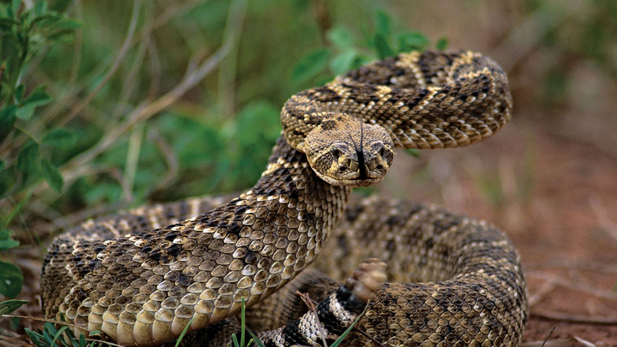 This is just one of the many types of rattlesnakes in the desert wilderness of Arizona.
This is just one of the many types of rattlesnakes in the desert wilderness of Arizona. Listen:
The rate of humans getting bitten by rattlesnakes peaks in August and September, according to the Arizona Poison and Drug Information Center.
And Keith Boesen, director of the Arizona Poison and Drug Information Center, said the rate of rattlesnake bites shoots up this and next month, as the population expands and adult snakes become more active before going into hibernation. Baby rattlesnakes are usually born in July and August. Although smaller than an adult, they are just as venomous.
“And the odds of humans and snakes encountering each other increases because of the monsoon season," he said. "The temperature drops enough that we become active, they become active, and we end up meeting each other that way.”
Boesen said his center typically sees about 15 rattlesnake bites each month. That rate doubles in August and September.
“But these baby snakes, they’re not very big. They’re fangs are not as impressive in size. So when they strike, maybe you feel a prick or a scratch, and you never know what happened. We’ve had people that have thought they sprained their ankle because it’s all bruised and swollen," he said.
The Arizona Poison and Drug Information Center advices people who come across a rattlesnake to leave it alone and take one step back.
For those who suspect they have been bitten, call the Arizona Poison and Drug Information Center at 1-800-222-1222

By submitting your comments, you hereby give AZPM the right to post your comments and potentially use them in any other form of media operated by this institution.